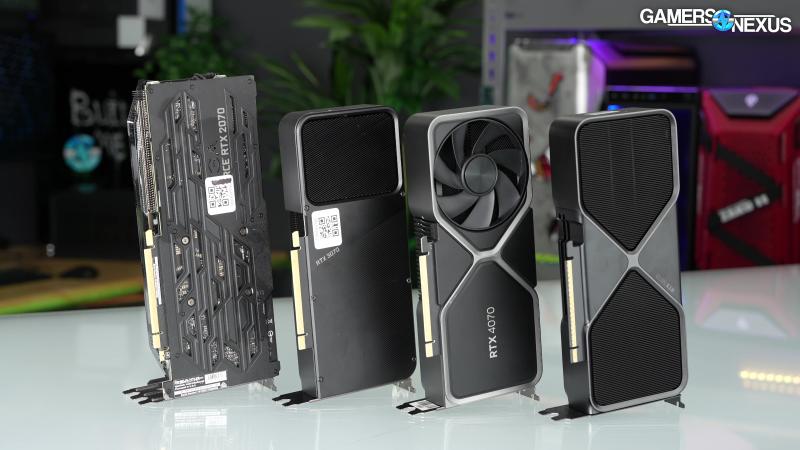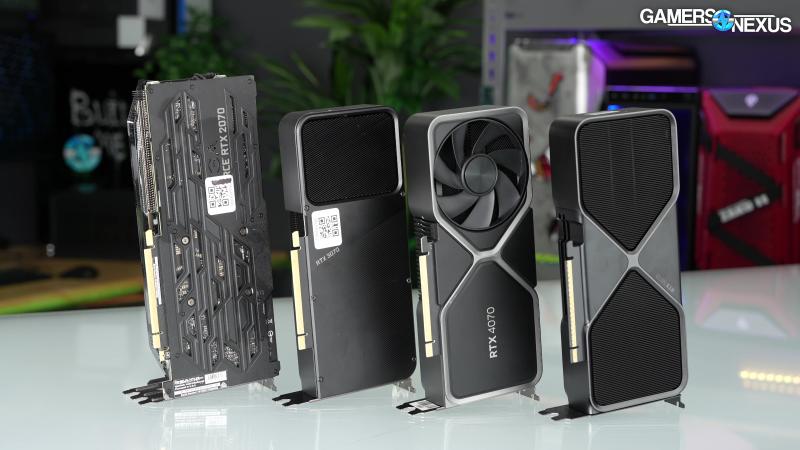The Great NVIDIA Switcheroo | GPU Shrinkflation.
The Great NVIDIA Switcheroo | GPU Shrinkflation.

The Great NVIDIA Switcheroo | GPU Shrinkflation | GamersNexus

We look at how NVIDIA has downsized essentially all of its gaming GPUs in terms of relative configuration compared to each generation’s flagship
- This article expands upon our "RTX 4080 problem" by looking at the entirety of the RTX 50 series, including how the RTX 5070 looks an awful lot like a prior 50-class or 60-class GPU.
- NVIDIA is giving you the least amount of CUDA cores for a given class of GPU than ever before.
- GPU prices have crept higher across the board, but NVIDIA's, in particular, have lost step with what we came to expect from generations of GPU launches.
